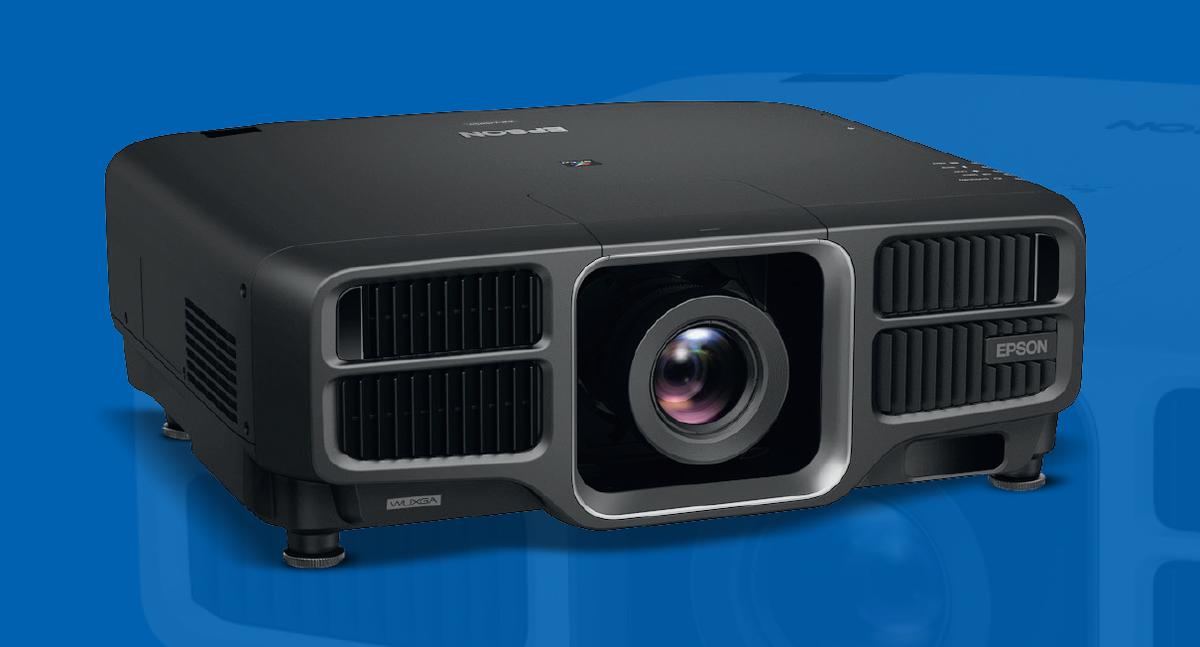Epson has been at the top of the projector game worldwide for 15 years running, and, according to FutureSource, has been in the number one position in the Philippines for two consecutive years now.
The company owes its success in large part to its proprietary 3LCD technology, providing excellent image quality throughout its lengthy arsenal of products. But instead of playing it safe, the top spot has driven Epson to continuously better itself, innovating its product line based on the needs of customers both new and old, and ambitioning new applications for its projectors.
We got to talk to Lyn Lizarondo, Epson’s product manager for business and home visual instruments (what the company calls projectors) about the EB-L1000 series, a testament to Epson’s pioneering spirit, shunning the much dreaded stagnation.

Having worked at Epson for 13 years, handling projectors for six or seven-odd-years, she has seen first-hand the company’s commitment to building upon its already strong foundation with better and more exciting innovations. As the company looks to the future, the EB-L1000 series of laser projectors give a glimpse of what’s to come.
Still using the signature 3LCD technology, the EB-L1000 series projectors make use of a laser light source. “Instead of the conventional lamp, we’re now using the laser light source which has a longer lifespan,” Lizarondo said.
Projectors that use conventional lamps can only last between 5000 to 10000 hours without replacement depending on the model of the projector and the brightness of the lamp. The EB-L1000 series, on the other hand, promises up to 20000 hours of maintenace-free operation without having to replace the light source.
Intended for high-end consumers and commercial use, the line of projectors have been made to perform according to customer demand, being able to work 24 hours, seven days a week without dedicated external cooling.
“For this series, we’re the first to incorporate the inorganic 3LCD panel and the inorganic phosphor wheel. The components of the inorganic phosphor wheel and the inorganic 3LCD panel are more light and heat resistant,” she mentioned.
To achieve this high level of performance, Epson’s engineers performed rigorous testing that simulate the most demanding usage in real-world situations such as in indoor concerts, outdoors, in office buildings and so on.
“Before we introduce the product to the market, we make sure of the product’s quality. We do research, testing, even comparisons with competitors,” Lizarondo added.
Aside from the laser light source and the new heat-resistant components that allow 20000 hours of continuous operation, the line of projectors all have 4K resolution enhancement technology, optional lenses for any space requirement from ultra-short throw to long throw and flexible installation for different projection surfaces.
The projectors have built-in cameras that allow them to adjust the image based on the distance and dimensions of the surface. They have edge-blending capabilities which allow multiple projectors to display a single, larger image. The EB-L1000 series also has curve projection and a corner wall function for even more flexible installations.
There are four models in the line: the L1100U which has a brightness of 6000 lumens; the L1200U at 7000 lumens; the L1405U at 8000 lumens; and the L1505U at 12000 lumens. All models have the aforementioned features with the L1405U and the L1505U having additional wireless connectivity through embedded WLAN.
The EB-L1000 series also supports projection mapping, or projecting a full image on large uneven surfaces usually on building facades. Recently, for example, Epson did a projection mapping installation at Indonesia’s National Museum in Yogyakarta as well as in three major malls in the Philippines.
“We continue to innovate our projectors, making sure we can cope with the requirements of the market; so we are looking into those kinds of applications, going beyond schools and offices,” Lizarondo said.
With the widest range of projectors of any company, that have various industry applications and all the new advances in technology, Lizarondo feels that the company’s 15 years in the number one spot can be owed to its core innovation.
“It’s our 3LCD technology. It’s our core technology for the projector, and we just continue to innovate what the market needs. We are known for the quality of the images. I think that’s what drives us to achieve the number one position worldwide,” she said.
Going into 2017 and beyond, the company is poised for a bright future thanks to its underlying technology and the revolutions that led up to this point.
Also published in GADGETS MAGAZINE February 2017 Issue
Words by Robby Vaflor
Photos by Theresa Eloriaga
